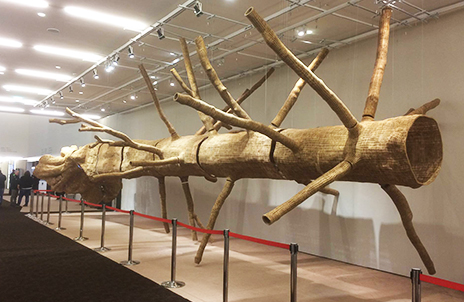 WORLD ECONOMIC FORUM
WORLD ECONOMIC FORUM
Natural Capital: John Grade’s Dazzling, Decomposing Artworks
by Anna Bruce-Lockhart, January 9, 2017
His giant tree artwork, Middle Fork, will be on show at the Annual Meeting at Davos this month, thanks to a joint collaboration with the Smithsonian Institution and World Economic Forum. More than 2,000 people have worked on the enormous wooden sculpture – which, after its exhibition at various venues, will be returned to the forest and allowed to disintegrate.
read full article (pdf)
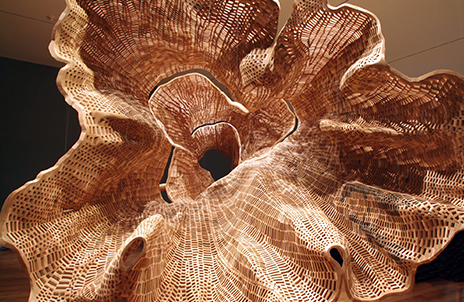 THE NEW YORK TIMES
THE NEW YORK TIMES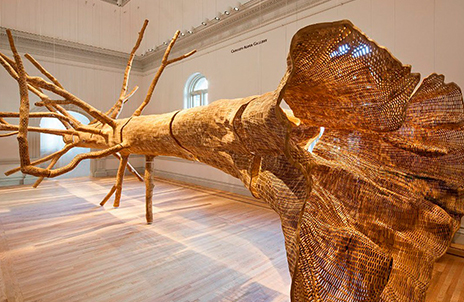 SMITHSONIAN
SMITHSONIAN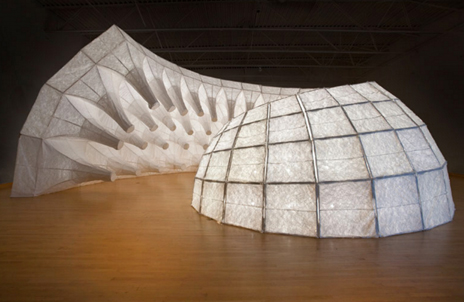 DESIGNBOOM
DESIGNBOOM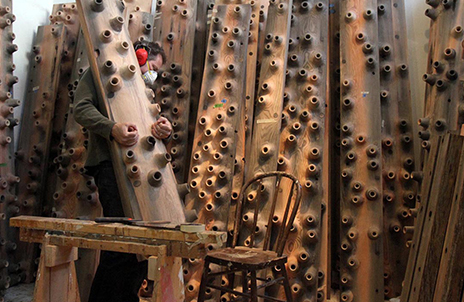 THE SEATTLE TIMES
THE SEATTLE TIMES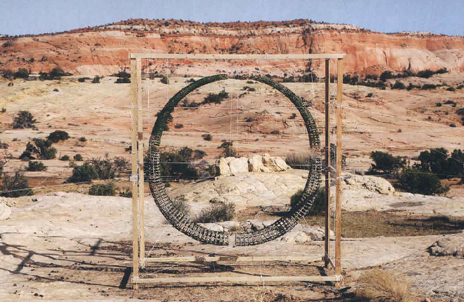 AMERICAN CRAFT
AMERICAN CRAFT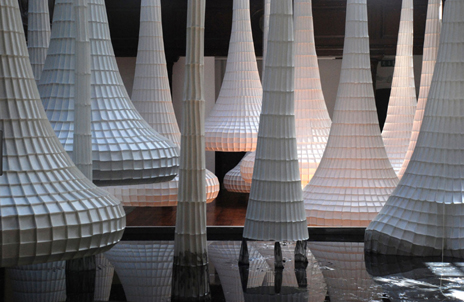 WHATCOM MUSEUM
WHATCOM MUSEUM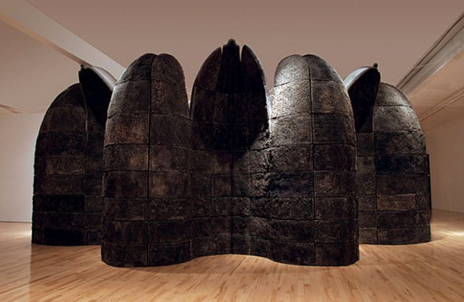 FABRICA
FABRICA ARTWEEK
ARTWEEK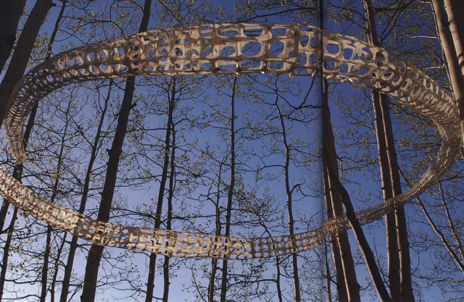 SCULPTURE
SCULPTURE